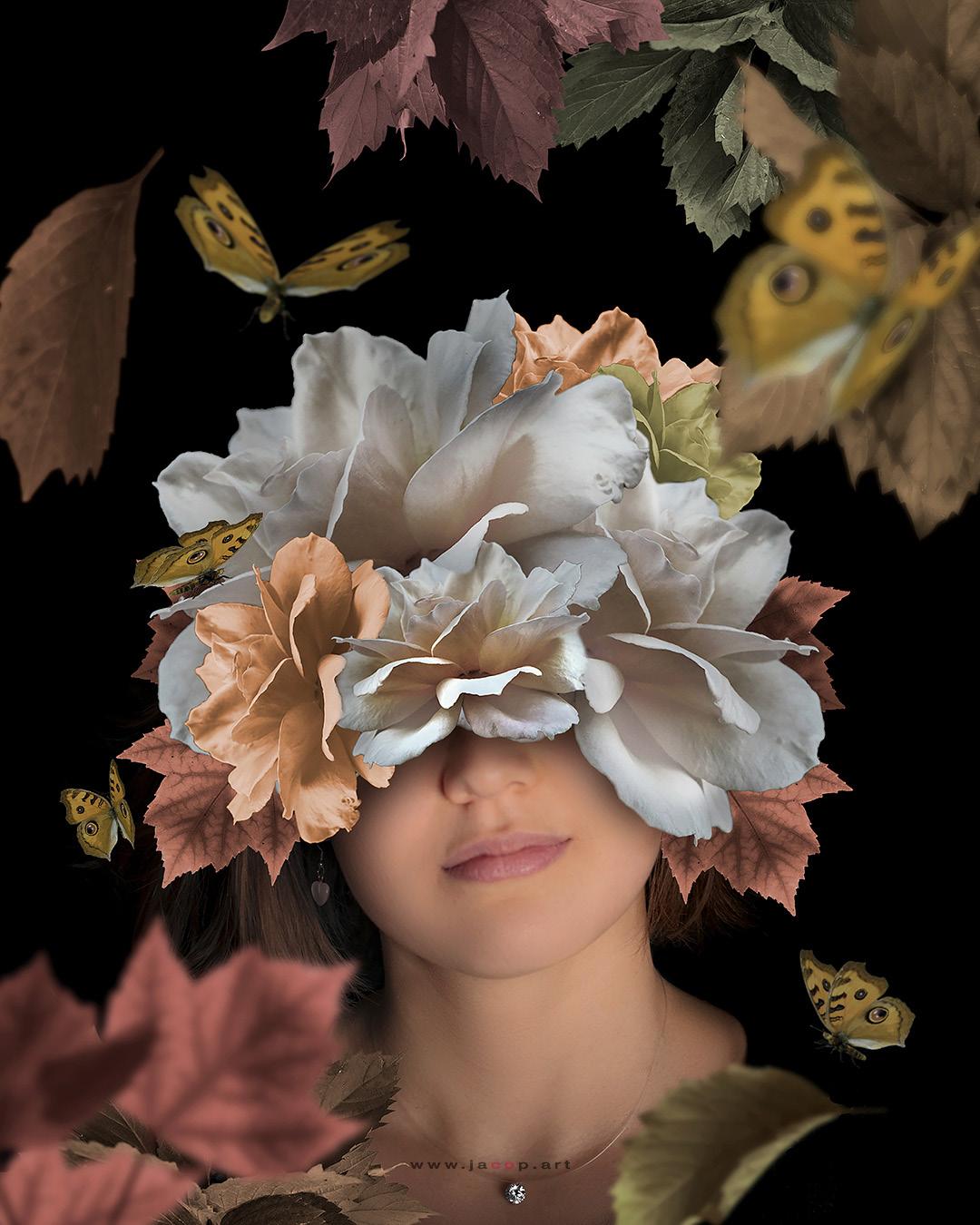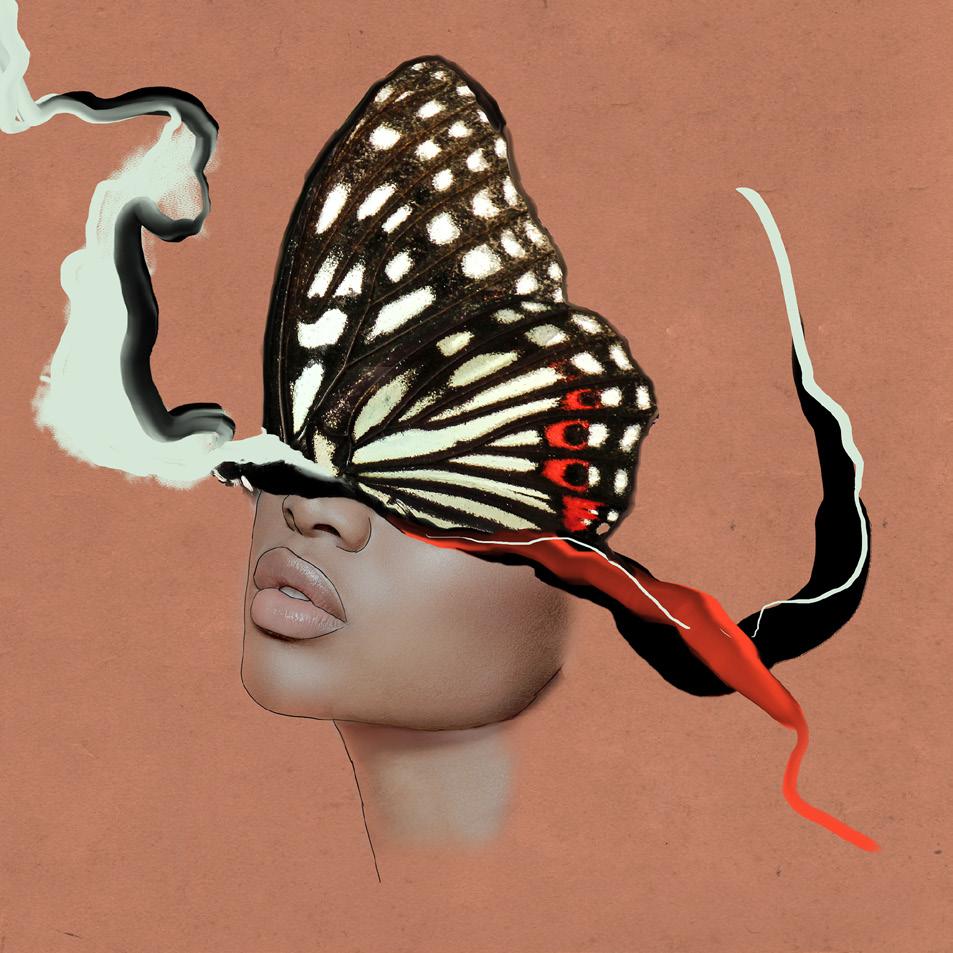
3 minute read
Transform with Jermaine
from INSIGHT: Symbols
Atiba: What inspired your passion for art?
Jermaine: I’ve danced professionally for years until I lost my passion for it around 2010 because for me the dance scene wasn’t a fun place to be part of anymore. I could no longer express my creativity through dance. It was very hard to make ends meet after it became a huge hype because of TV shows such as “So you think you can dance.” All of a sudden everybody was a professional dancer. At one point I danced more for the money to pay my bills than I did for the joy of it and that was enough reason for me to stop.
Advertisement
Unfortunately, this was also the year in which my dad died after a short illness. It was the same period I broke up with my girlfriend and the economy was still recovering from the crisis. It was impossible for me to find a job, since I didn’t have any diplomas.
In the past I could have used my dance to process my grief and the heavy amount of stress I was dealing with but now I had to find some other medium. Therefore, I started writing poems and making simple illustrations. I’ve really enjoyed illustrating ever since.
In 2013, I bought my first digital camera and started practicing with it. I combined photos with digital drawings.
Basically, you could say my grief ignited my passion for art.
AE: What does the symbol of the butterfly mean?
JA: I was born in Suriname, a former colony of the Netherlands. I grew up with Winti. Winti is the traditional religion of the Surinamese people of African descent. It’s a nature religion in which spirituality and symbolism play a fundamental role. You will see a lot of that in my work.
The butterfly is a symbol for our ancestors. We believe that our ancestors guide us, even in the afterlife. We’re made of energy. And energy never dies. Therefore death is only a transformation of energy.
In some cases, the energy of an ancestor can show itself as a butterfly. For example, when someone has just transitioned, shortly after you could see a butterfly fly into the house of relatives. This indicates that the one that has passed away has found peace.
AE: Why does the butterfly appear over the eye or face in several pieces?
JA: With my art, I positively stimulate the self-image of men and women by changing the way we look at ourselves to then find acceptance in it. When I photograph a model for my artwork, I try to visualize the energy of that model in my work. I try to do that in a way that resonates with more people. The face is less important in my portraits in order to shift the emphasis more to the rest of the artwork and the story I tell with it.
In addition, I believe that the eyes are the gateway to the soul. That is a wellknown fact in my religion. This is also the case with the natives in Suriname. By covering the eyes, I am protecting the energy of the person I’m portraying.
I believe that you see more when you close your eyes. If you can do that, then you’re also able to see energies that are invisible to the eye such as the energies of our ancestors, who are here to guide us through life and help us answer the life questions we have.

AE: What about when it is on the shoulder, as in “Elusive Butterfly?”
JA: For this specific artwork, the model told me that she was experiencing an enormous change in her life. I can’t tell too much about it, because it’s very personal to the model. But in general, the butterfly symbolizes transformation. Think about the well-known story of the caterpillar that eventually transforms into a beautiful butterfly.
Also this artwork is partly inspired by the song “Elusive Butterfly,” sung by Aretha Franklin, one of my favorite artists. The original is by Bob Lind, by the way. I would say, listen to the song, and the meaning behind the artwork may become more apparent.
AE: Art is...
JA: Art is liberating for mind, body and soul. Art sets you free.







